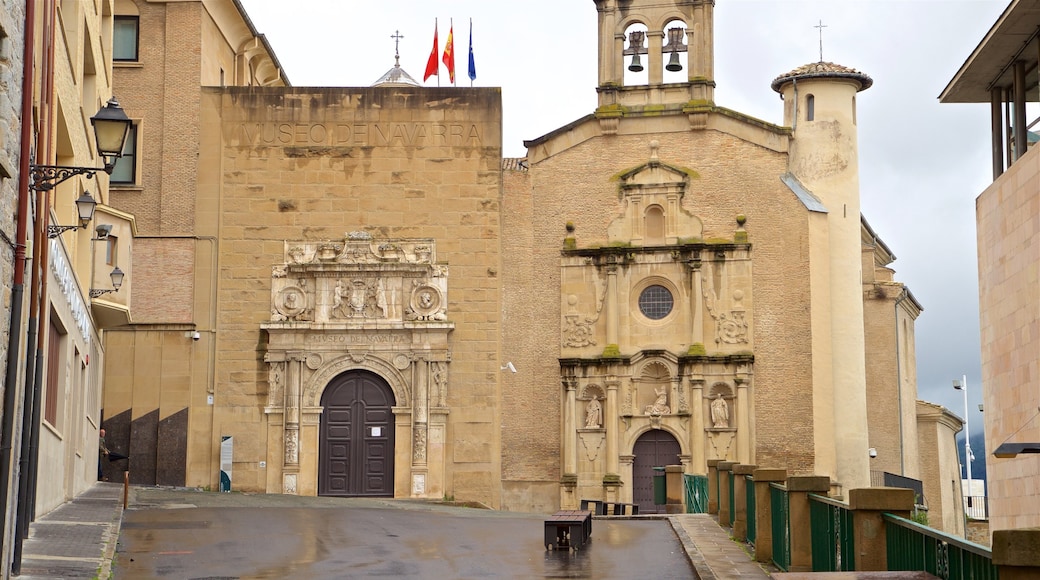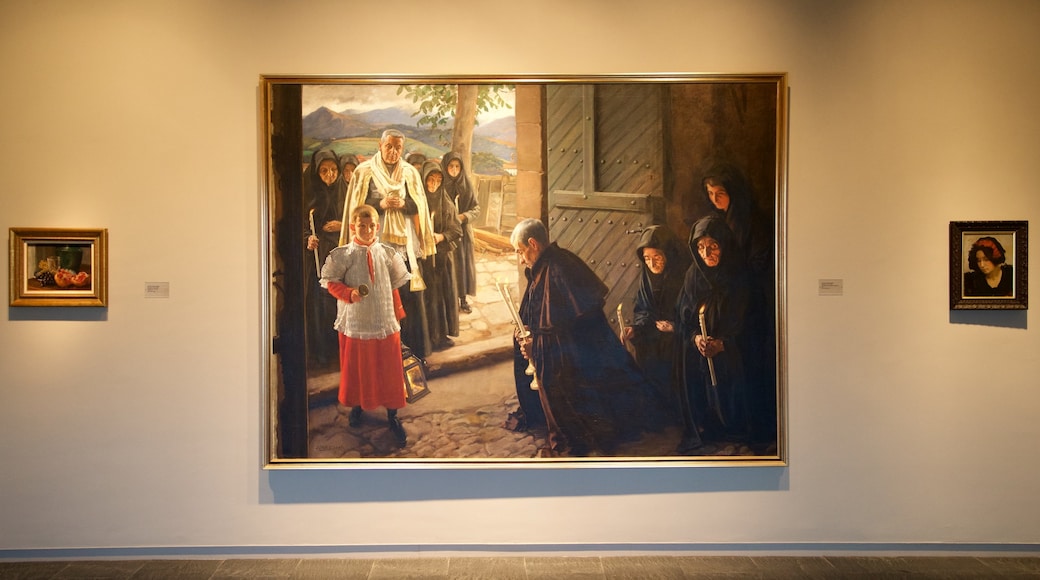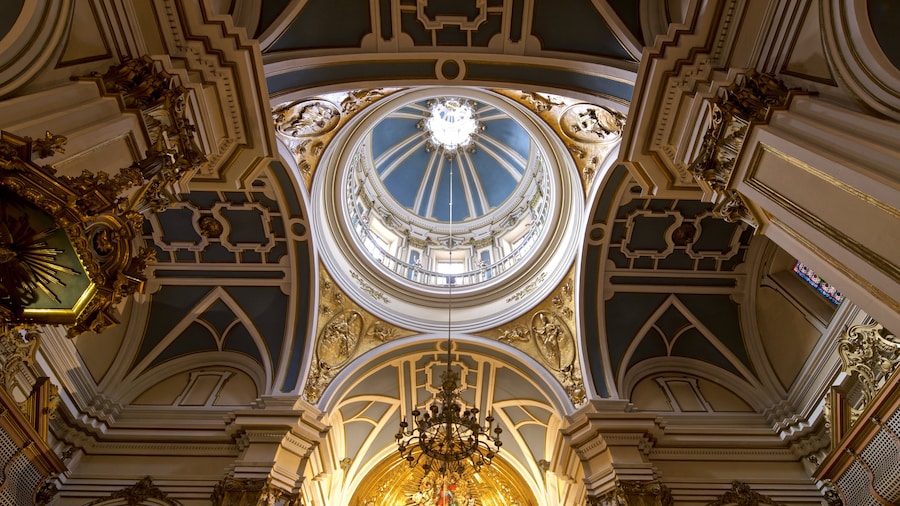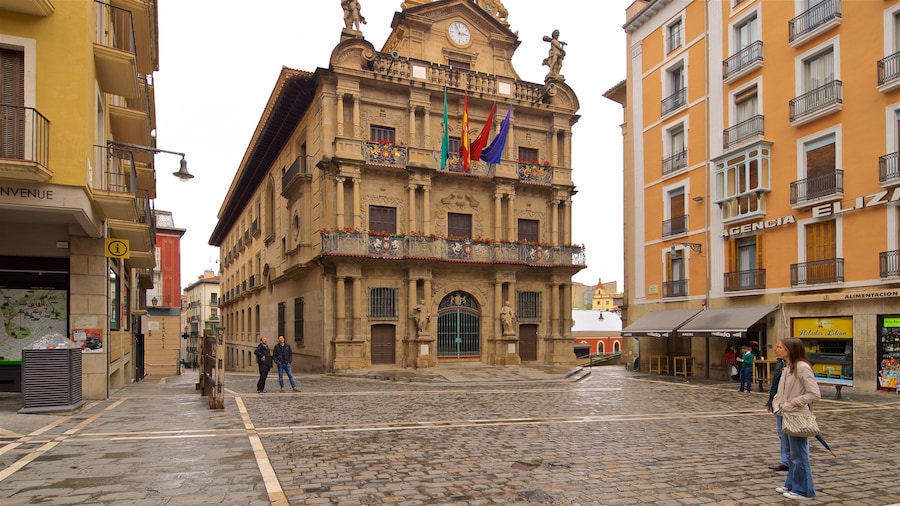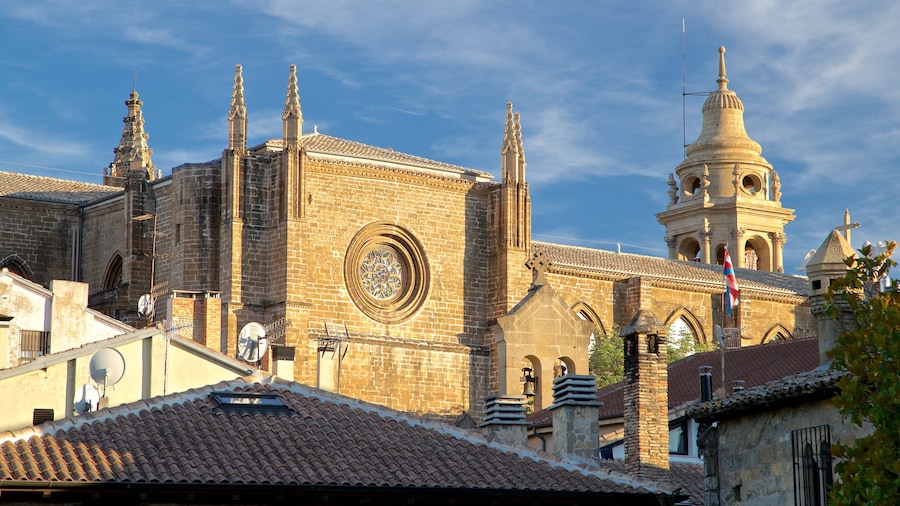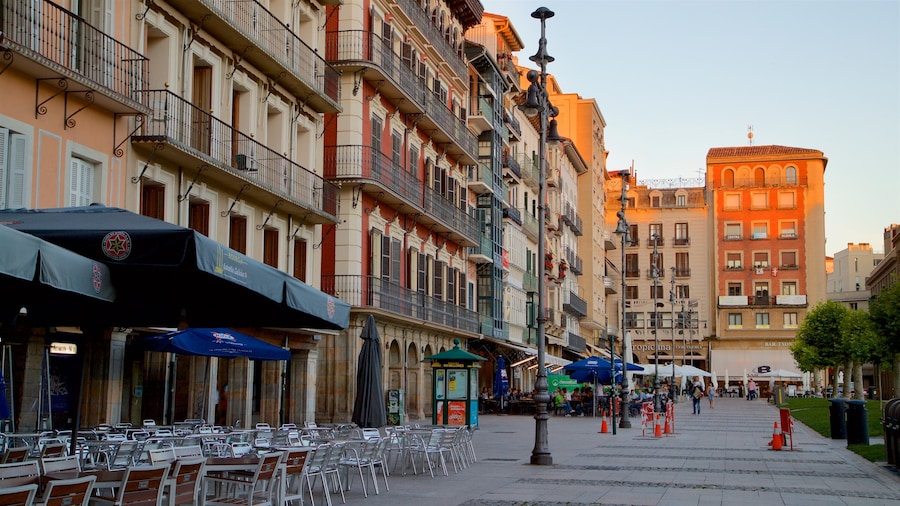Study hundreds of thousands of years of art and artefacts including prehistoric tools, Roman remains, medieval paintings and ancient religious art.
Housed inside a 16th-century hospital in Pamplona's old quarter is the Museum of Navarra, or Museo de Navarra, a treasure trove of cultural and historical artefacts from the Basque region of Navarra. Tour five floors of exhibits arranged in chronological order, dating from prehistoric times to the present day.
Start on the bottom level to see the oldest artefacts in the museum's collection. View the Abauntz Map, a limestone block with etched lines that are believed to be an early map of the area surrounding a Paleolithic cave. Study the mosaic from the Roman city of Andelos, called The Triumph of Bacchus, which is thought to have been put together in the 1st or 2nd century. Go up to the first floor for more Roman artefacts from the region.
On the second floor, find a selection of Renaissance masterpieces. Inspect the 18th- and 19th-century paintings on the third floor, including a famous portrait of the Marquis of Saint Adrian by Francisco Goya and works by notable Navarrese painters.
Go to one of the oldest remaining parts of the museum complex, the church that used to be the hospital's chapel. It was built in the 16th century and houses several pieces of religious art. Among the exhibits are centuries-old paintings and sculptures, alongside two beautiful altarpieces.
See the other important highlights from the museum's collection, including the 12th-century Romanesque carvings from the old cloister of the Catedral de Santa MaríalaReal(Pamplona Cathedral) and an ornately carved early 11th-century ivory casket. This used to contain the relics of two saints.
The Museum of Navarra is located in Pamplona’s old town, within an easy walking distance of the cathedral and the Church of San Saturnino. It is open every day except Mondays and charges for admission. There are discounts for some groups of people, such as students. Take advantage of free admission for everyone for a few hours each Saturday and Sunday.

